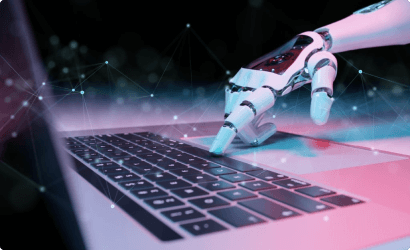Human-Robot Collaboration in Industrial Settings
The rise of collaborative robots (cobots) has transformed the way humans and machines work together in industrial settings. Unlike traditional robots, which operate in isolated environments, cobots are designed to work safely alongside human operators, improving efficiency and reducing physical strain on workers.
AI-powered cobots are equipped with advanced sensors, machine learning algorithms, and natural language processing (NLP) to understand and respond to human input. They can recognize gestures, voice commands, and environmental cues to perform tasks efficiently.
One of the main advantages of cobots is safety. Traditional industrial robots required safety cages to prevent accidents, but AI-driven cobots can detect human presence and adjust their movements accordingly. If a worker comes too close, the cobot slows down or stops to prevent collisions. This makes them ideal for tasks like assembly, material handling, and quality control.
Another important application is training and task adaptation. AI-powered cobots can "learn" from human workers by observing their movements and replicating tasks. Instead of requiring extensive programming, cobots can be trained through demonstration-based learning, where an operator physically guides the robot through a task, and the AI memorizes the sequence for future automation.

